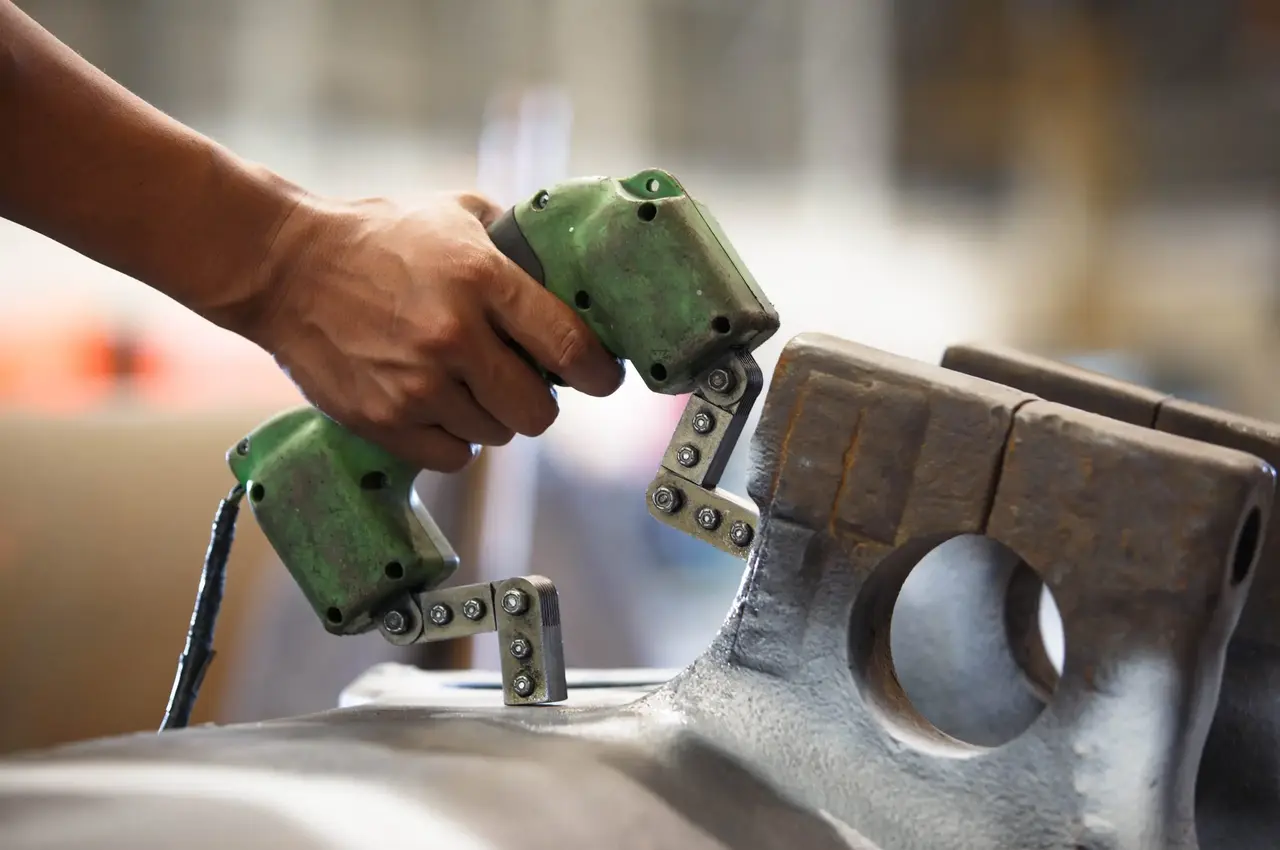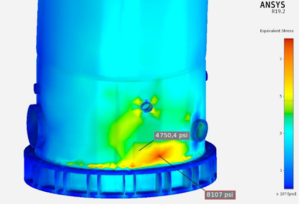Our Solutions

Creaform Laser Testing
Creaform Laser Testing delivers highly accurate 3D scanning and analysis for asset inspections. Ideal for detecting wear, corrosion, and dimensional changes, this cutting-edge technology provides detailed, real-time data for effective maintenance and repair planning.

Persons In Charge (PIC)
TechCorr’s PICs are highly trained professionals who oversee inspection and testing operations, ensuring that all safety protocols, industry standards, and project goals are met with precision and efficiency.

Long Range (LRUT) Ultrasonic Testing/ Guided Wave (GWUT)
GWUT/LRUT offers a fast, cost-effective way to assess pipeline integrity over long distances without excavation. This method detects corrosion, cracks, and wall loss in both accessible and inaccessible areas, ensuring the safety and reliability of your pipelines.

Magnetic Particle Inspection (MPI)
Magnetic Particle Inspection is a trusted method for identifying surface and near-surface defects in ferromagnetic materials. It provides fast, accurate results for detecting cracks, seams, and other discontinuities, ensuring the integrity of your critical components.







 Customized Repair Strategy and Structural Integrity
Customized Repair Strategy and Structural Integrity


